Some communities have built their entire identity around a single industry or product, from artisanal crafts to technological innovations.
These fascinating towns showcase the power of specialized economies and cultural dedication. Their stories reveal how local traditions, natural resources, and historical circumstances can shape the destiny of an entire community.
Grasse, France
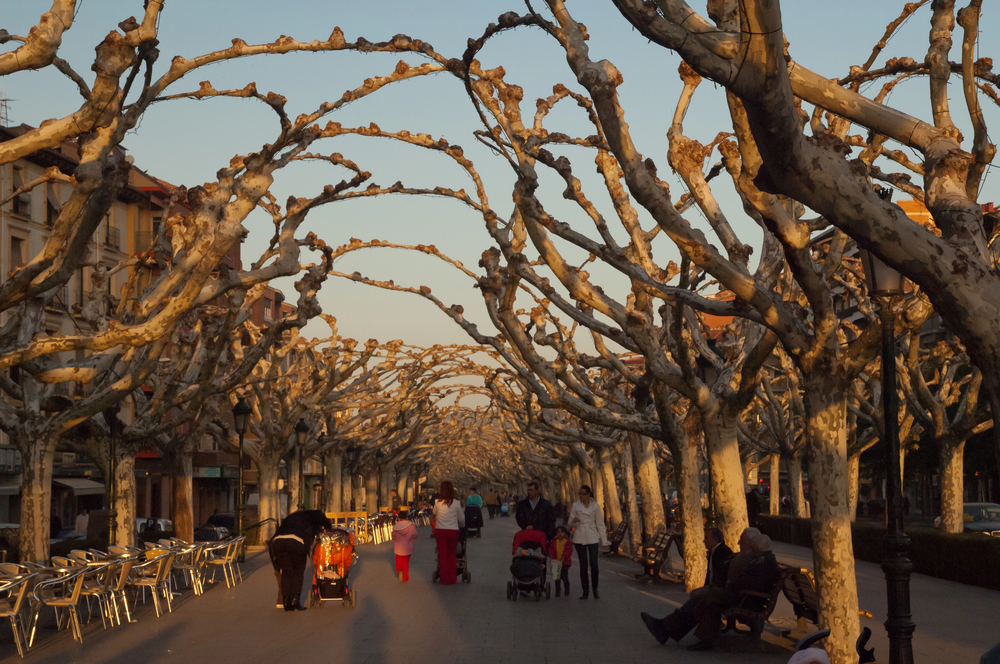
The medieval town of Grasse is located on the French Riviera, where its unique microclimate creates perfect conditions for growing fragrant flowers. Local farmers cultivate over 30 varieties of aromatic plants annually, including jasmine, rose, and lavender.
Dozens of perfume manufacturers, from small artisanal workshops to major international brands, call this town home. The entire community revolves around the fragrance industry, from perfume museums to specialized training schools for future ‘noses’ (master perfumers).
Dongchuan, China

This remote district in Yunnan Province has become a photographer’s paradise thanks to its striking red earth terraces. The unique iron oxide-rich soil creates a stunning palette of reds contrasting against green crops and blue skies throughout different seasons.
Local authorities have developed specialized viewing platforms and photography infrastructure to accommodate the influx of professional and amateur photographers. The entire local economy now centers around photography tourism, with residents offering guide services and maintaining the iconic terraced fields.
Like Travel Pug’s content? Follow us on MSN.
Waterford, Ireland
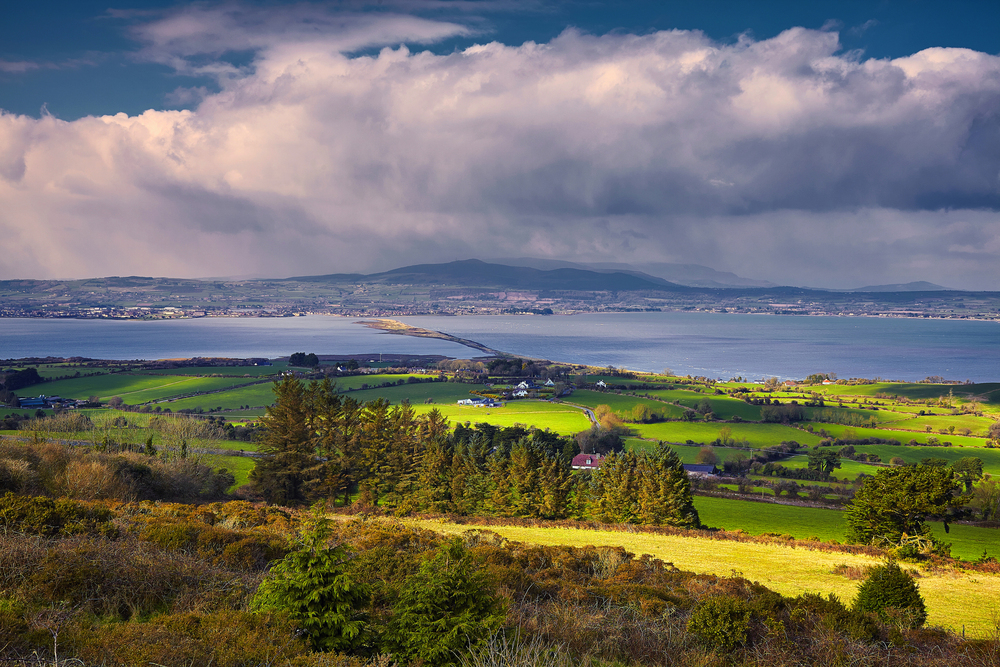
This historic Irish city has been synonymous with fine crystal production since 1783 when the Waterford Glass House was established. Generations of master artisans have passed down their skills in glass-blowing and cutting through family lines.
The downtown area showcases crystal manufacturing, from factory tours to elaborate displays of finished pieces. The city’s economy and cultural identity remain deeply intertwined with its crystal-making heritage.
Hershey, Pennsylvania
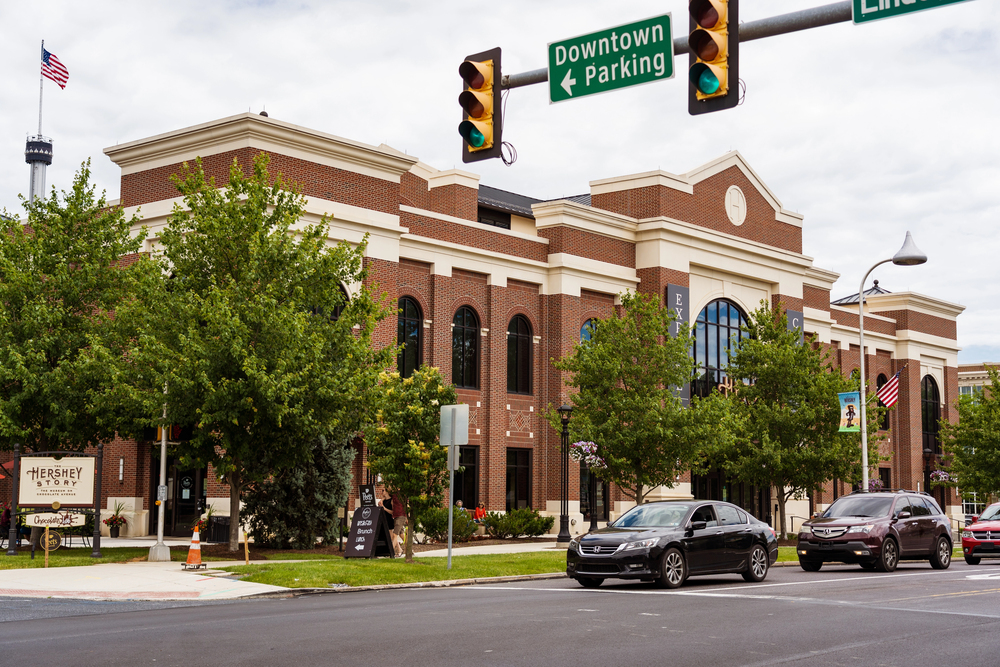
Milton Hershey’s vision created more than just a chocolate factory—he built an entire community dedicated to chocolate production and tourism. The streets are named after chocolate-making processes and ingredients, and lampposts are shaped like Hershey Kisses.
The town’s economy revolves entirely around chocolate production, theme park operations, and chocolate-themed tourism. Even the air often smells of cocoa, reminding residents and visitors of the town’s sweet identity.
Arita, Japan
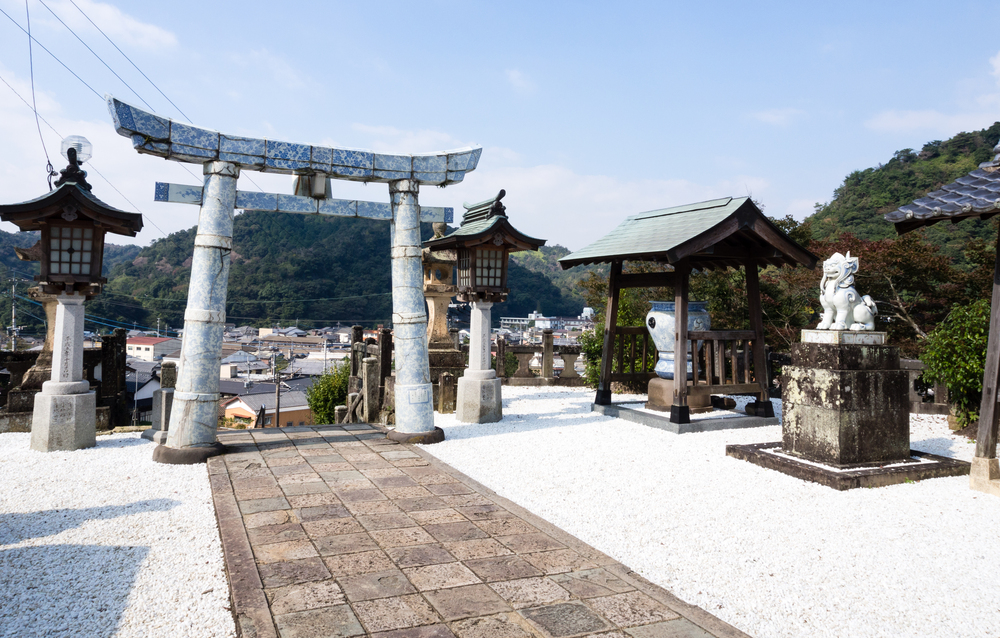
This small town in Saga Prefecture has been Japan’s porcelain capital since the 17th century when kaolin clay was discovered in the nearby mountains. Nearly every family in Arita has some connection to the porcelain industry, from mining to crafting to sales.
The town’s streets are lined with ceramic galleries and workshops showcasing centuries-old techniques. Traditional kilns still operate alongside modern facilities, maintaining the town’s reputation for exceptional porcelain production.
Like Travel Pug’s content? Follow us on MSN.
Tequila, Mexico

This small town in Jalisco state is the epicenter of Mexico’s most famous spirit. Surrounded by blue agave fields, local families have cultivated agave and distilled tequila for generations, maintaining traditional production methods.
The entire town’s architecture and culture reflect its tequila heritage, from distillery tours to agave field experiences. UNESCO has recognized the area as a World Heritage site for its cultural significance to tequila production.
Schmallenberg, Germany
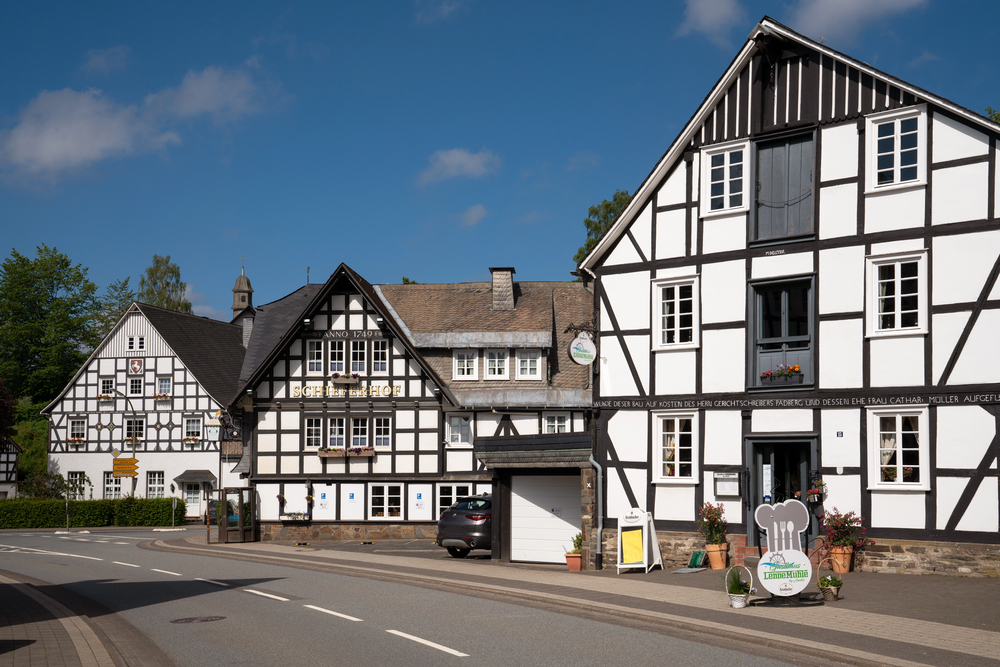
This town in North Rhine-Westphalia has built its identity around sustainable forestry and wood craftsmanship. Local woodworking traditions date back centuries, with multiple generations of families specializing in furniture making and wood carving.
The town hosts Germany’s largest wood industry trade fair and maintains extensive forestry education programs. Every aspect of the local economy connects to wood, from lumber processing to artisanal woodcraft shops.
Murano, Italy
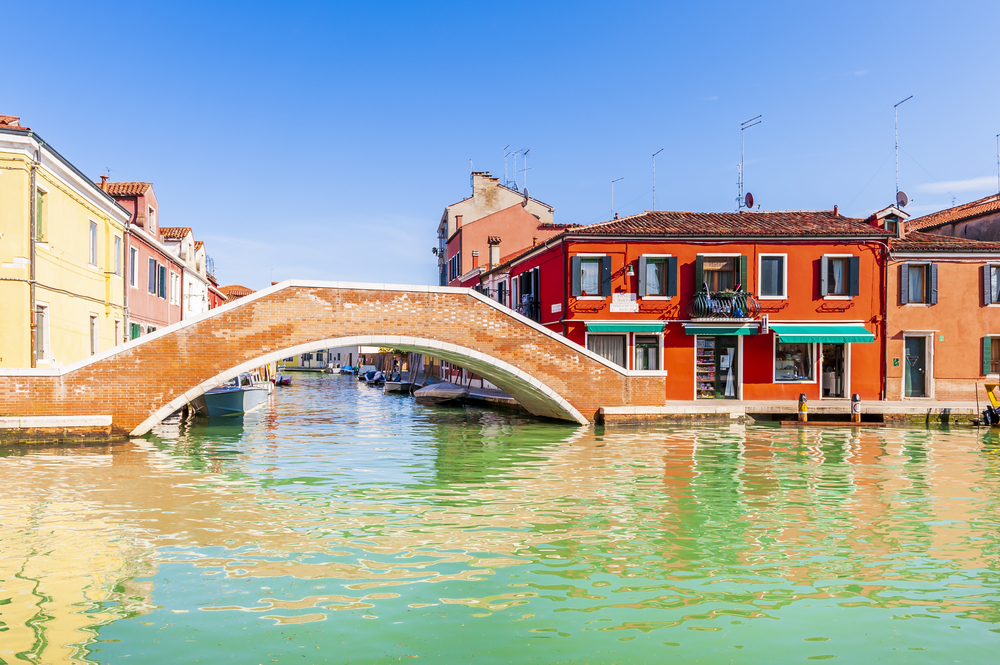
This Venetian island has been the heart of European glassmaking since the 13th century when Venice relocated all its glassmakers here. The island operates as an open-air glass workshop, with dozens of furnaces producing everything from tiny beads to massive chandeliers.
Every family on the island has some connection to the glass industry, preserving centuries-old techniques. The local economy depends entirely on glassmaking and glass-related tourism.
Like Travel Pug’s content? Follow us on MSN.
Idrija, Slovenia
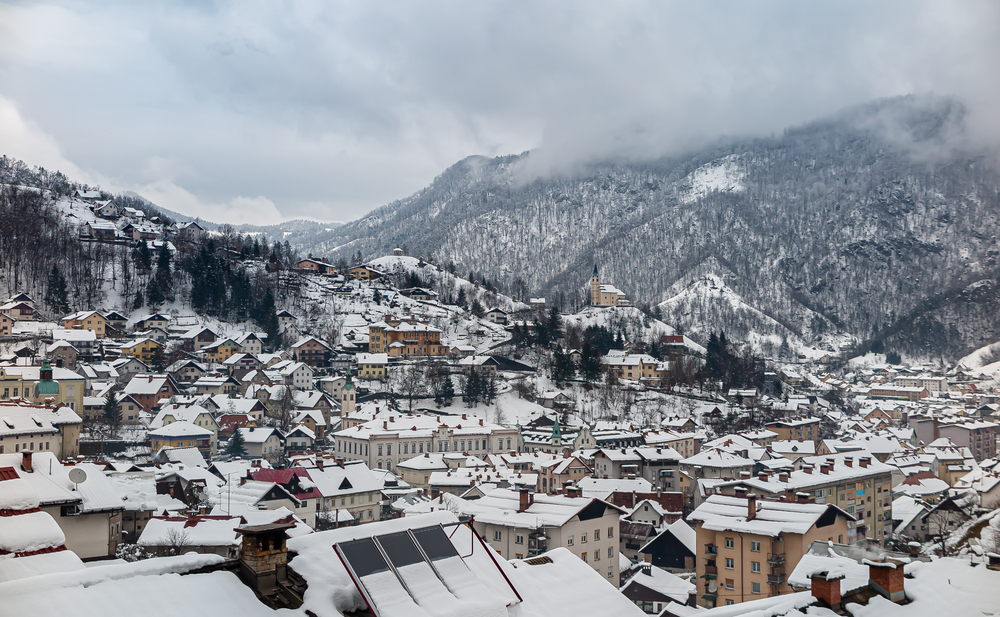
This small Alpine town built its identity around mercury mining, operating one of the world’s largest mercury mines for 500 years. The entire town’s architecture and infrastructure developed around the mining industry, creating unique technical solutions and cultural traditions. Local museums and heritage sites preserve the mining history, while former miners serve as expert guides. The community maintains its mining heritage even after the mine’s closure.
Røros, Norway
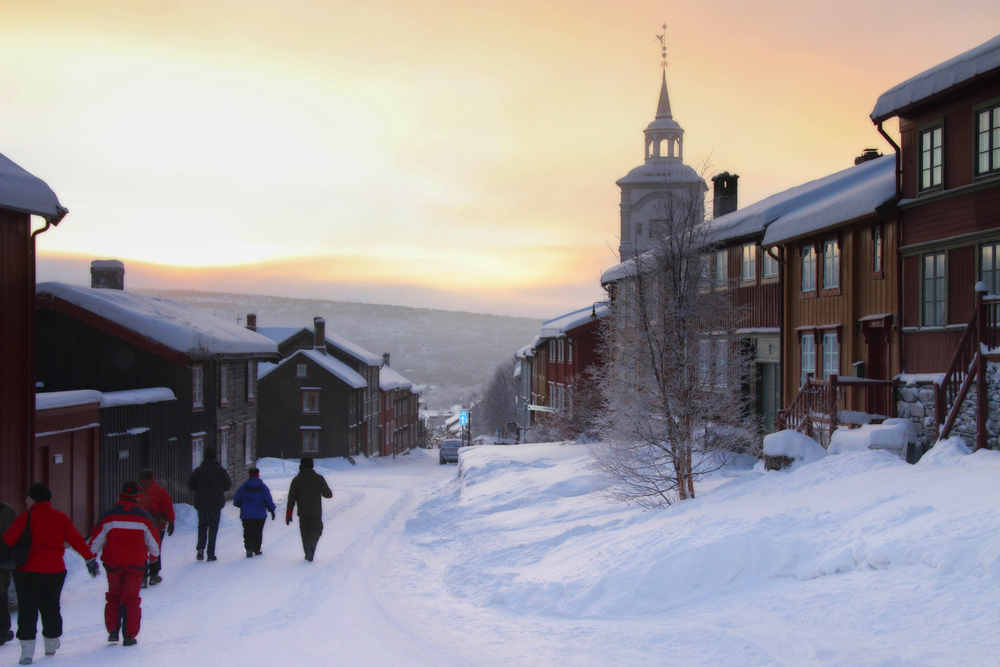
This UNESCO World Heritage site in central Norway developed around copper mining and smelting operations for over 300 years. The entire town’s wooden architecture and layout reflect its mining heritage, with former industrial buildings repurposed for modern use.
Local artisans continue traditional metalworking techniques, adapting them for contemporary products. The community maintains its industrial heritage while developing sustainable tourism.
Kutani, Japan

Since the 17th century, this region in Ishikawa Prefecture has distinguished itself through its unique style of vibrant porcelain decoration. Local artisans specialize in five traditional colors: green, yellow, red, purple, and dark blue, creating distinctive patterns and designs passed down through generations. The area maintains numerous pottery kilns and painting studios, preserving traditional techniques while developing contemporary applications. The community’s identity is deeply rooted in its porcelain heritage, from its numerous ceramic art galleries to specialized training programs.
Like Travel Pug’s content? Follow us on MSN.
Wenzhou, China
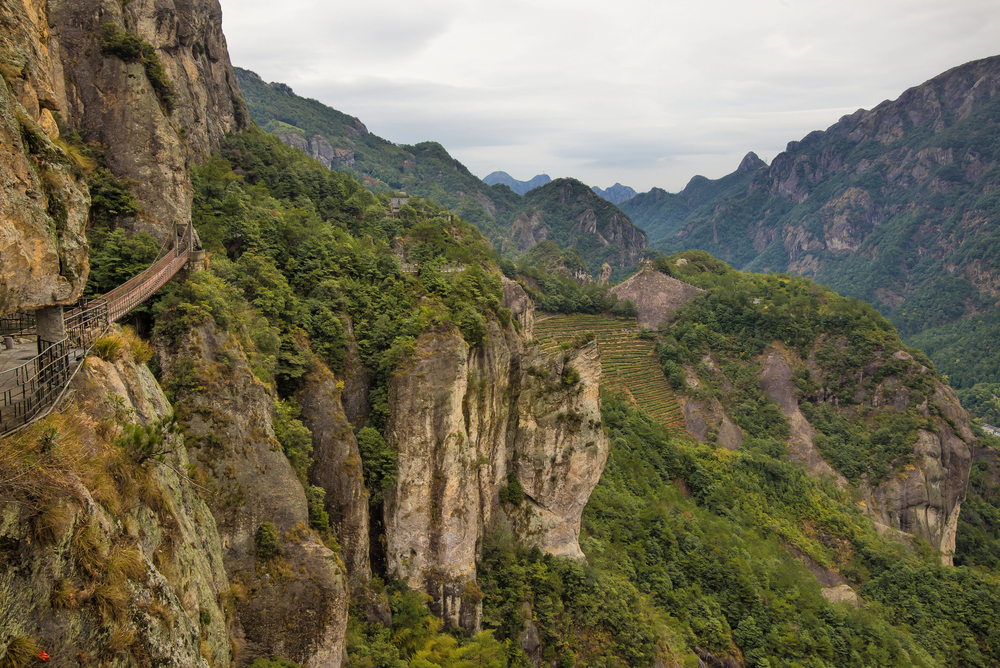
This city in Zhejiang Province has evolved into the world’s largest button manufacturing center, producing over 60% of the world’s buttons. The local button industry encompasses more than 1,000 specialized factories and workshops, employing thousands of workers in button production and related services. Multiple generations of families have developed expertise in button design, manufacturing techniques, and material innovations specific to button production. The city’s button industry has expanded to include everything from basic fasteners to high-end fashion buttons, with dedicated markets and trade centers specifically for button commerce.
Herend, Hungary
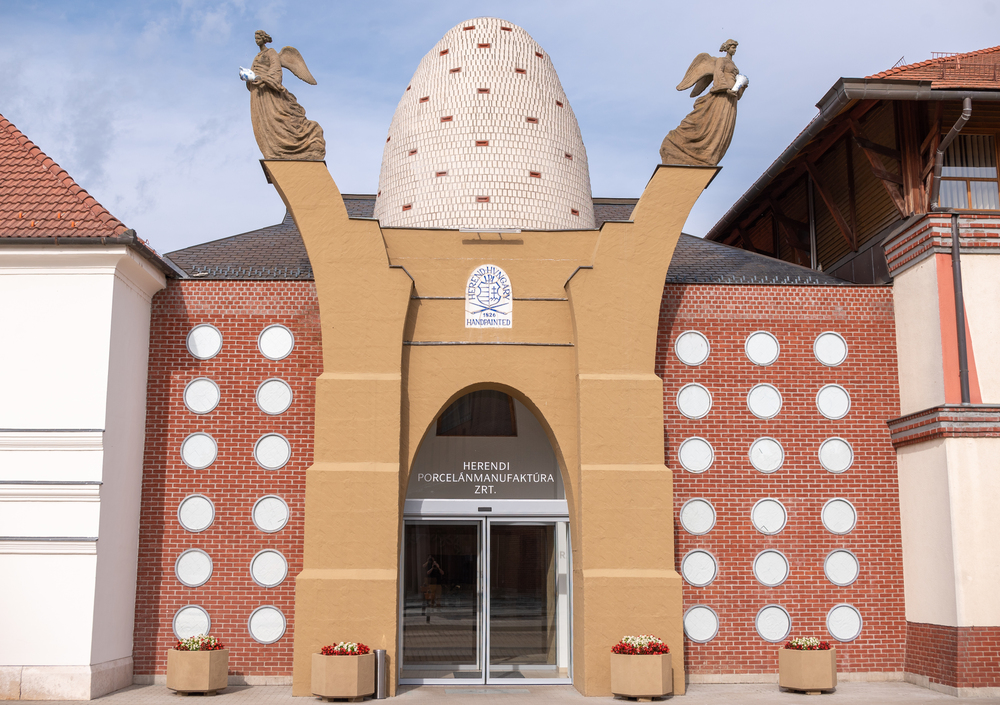
Since 1826, this small Hungarian town has devoted itself to producing luxury hand-painted porcelain. Local artisans maintain specific painting techniques and patterns that have become globally recognized hallmarks of Herend porcelain. The town’s museum and factory tours showcase the intricate process of porcelain making and decoration. The porcelain industry affects every aspect of local life, from employment to tourism.
Gruyères, Switzerland
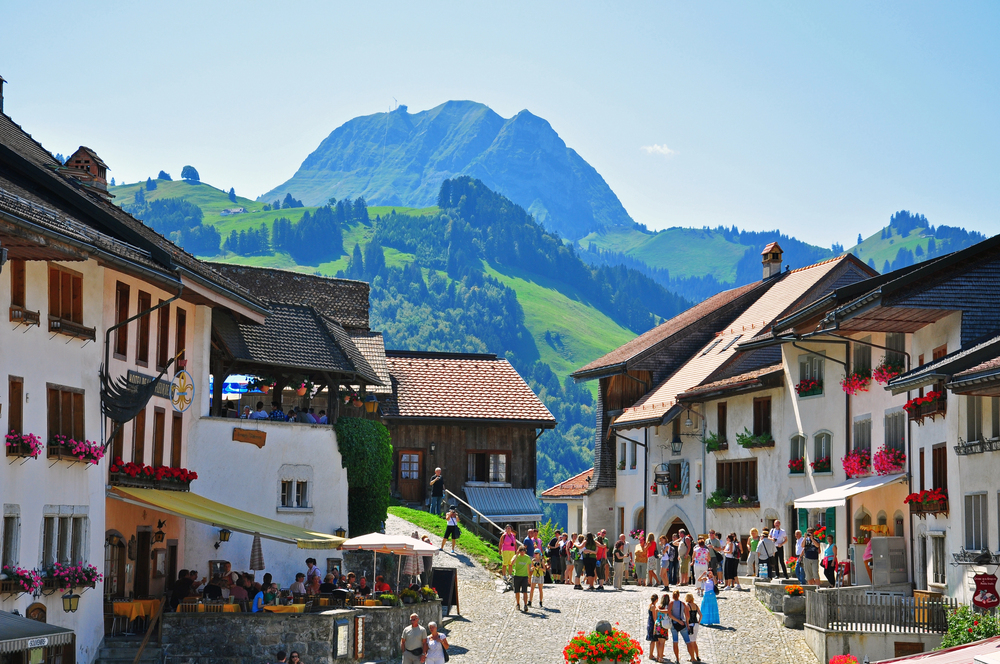
This medieval town in Switzerland has built its identity around its famous cheese production. Following centuries-old recipes, local dairy farmers maintain strict traditional methods for producing the distinctive Gruyère cheese. The town’s economy revolves around cheese production, aging caves, and dairy tourism. Every aspect of local culture celebrates the cheese-making heritage, from restaurants to museums.
Like Travel Pug’s content? Follow us on MSN.
Imari, Japan
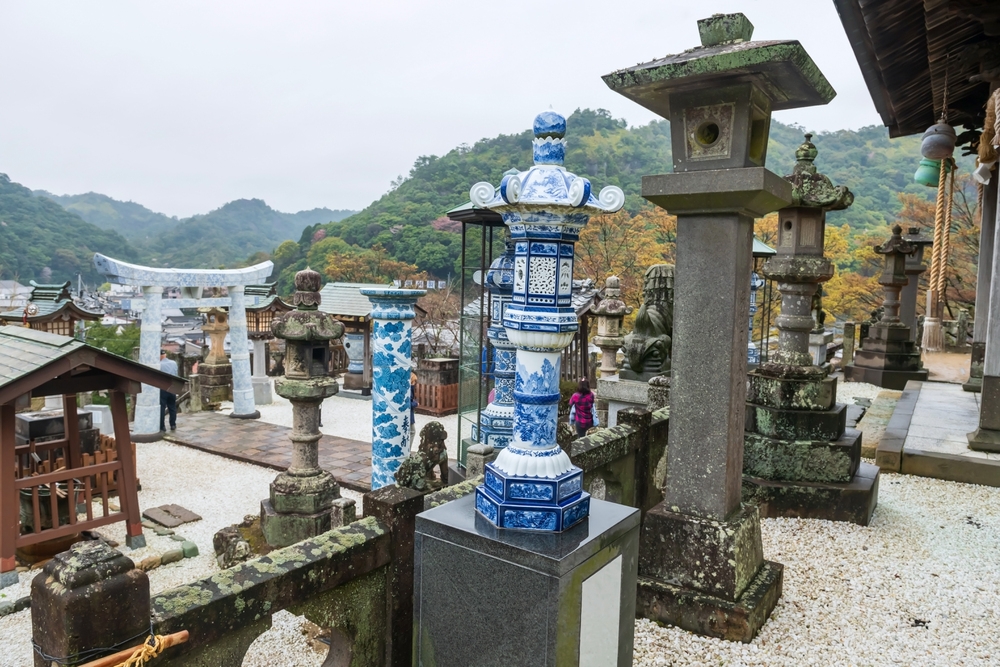
This coastal city in Saga Prefecture established itself as Japan’s primary porcelain export hub during the Edo period. Local artisans maintain distinctive blue-and-white porcelain techniques that influenced global ceramic traditions. The historic port district preserves buildings specifically designed for porcelain storage and shipping. Multiple generations of families continue specialized roles in porcelain production and distribution.
Creating Tomorrow’s Heritage: Single-Industry Towns Evolve
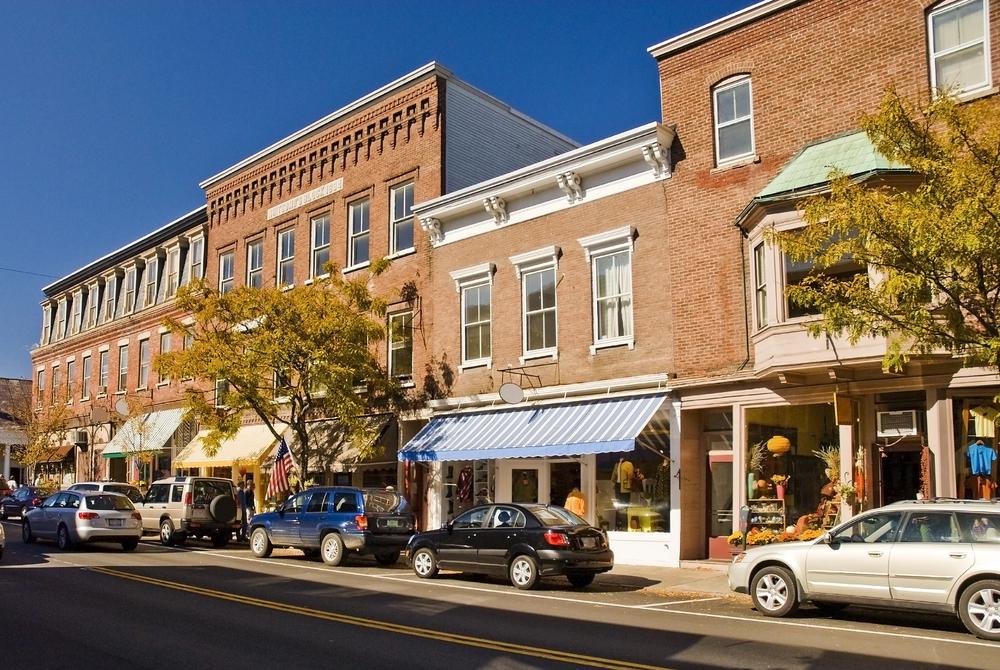
These remarkable communities demonstrate how specialized industries can shape local economies and cultural identities. Their stories inspire us to consider how traditional skills and modern innovations can coexist and evolve together.
As these towns face contemporary challenges, they continue to adapt while preserving their unique heritage, ensuring their specialized traditions endure for future generations.
More from Travel Pug

- 15 Dangerous European Cities to Avoid
- 15 Caribbean Islands Where Tourists Keep Getting Scammed
- The 20 Most Fascinating Abandoned Places: A Journey Through Time and Forgotten Spaces
- 15 Hidden Places in the Smithsonian Museums Locals Love: A Guide to Lesser-Known Treasures
- 16 Hidden Florida Beach Towns That Aren’t Overrun with Tourists
Like Travel Pug’s content? Follow us on MSN.
